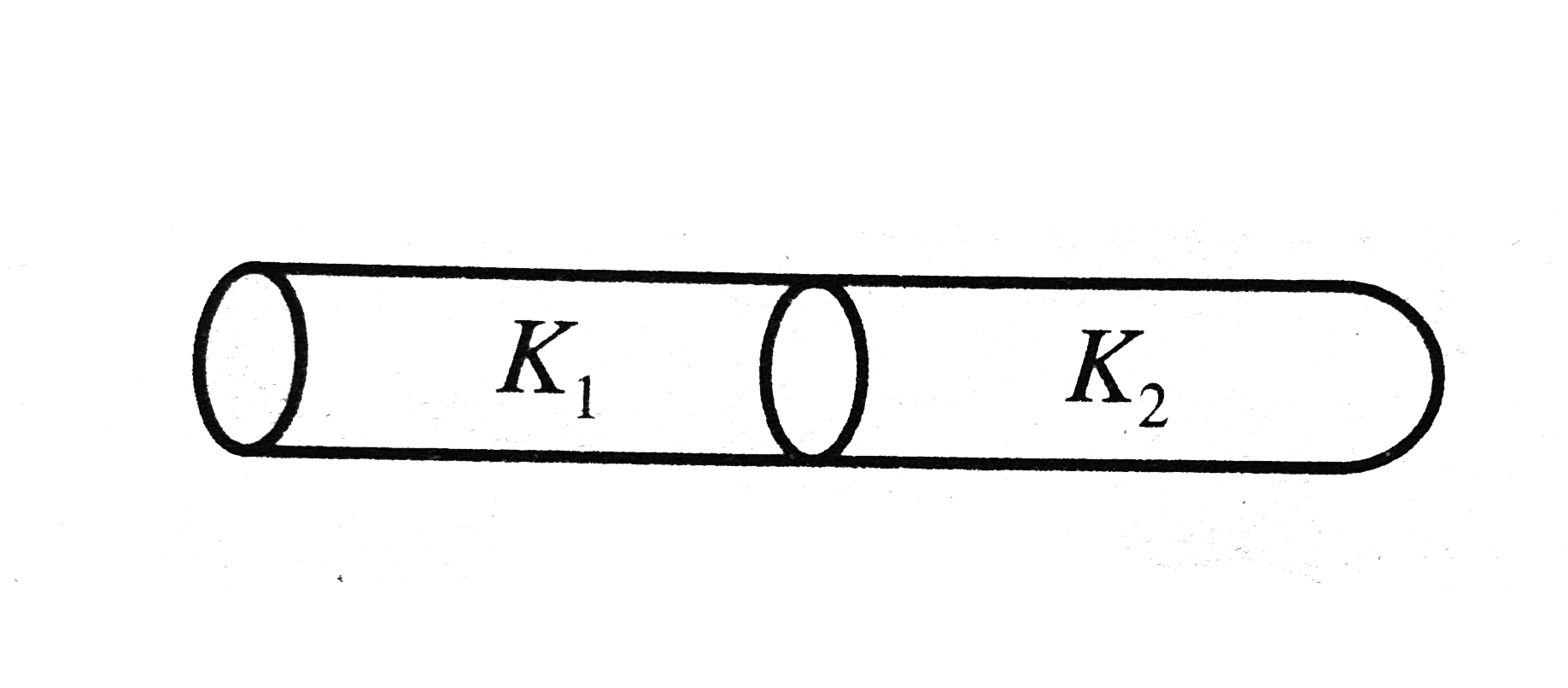What is the electrical and thermal conductivity of graphite?
Step-by-Step Solution:
1. Understanding Graphite's Conductivity:
- Graphite is known for its good electrical and thermal conductivity. This means that it can efficiently conduct electricity and heat.
2. Structure of Graphite:
- The conductivity of graphite is largely due to its unique structure. Graphite consists of layers of carbon atoms arranged in a hexagonal pattern. Each layer is made up of interconnected hexagonal rings.
3. Layer Arrangement:
- These layers are stacked on top of each other, and they are held together by weak Van der Waals forces. This allows the layers to slide over one another, contributing to graphite's slippery nature.
4. Bonding in Graphite:
- In graphite, each carbon atom forms three bonds with other carbon atoms, using three of its four valence electrons. This leaves one electron free, which is not involved in bonding.
5. Role of Free Electrons:
- The presence of these free electrons is crucial because they are responsible for the electrical conductivity of graphite. The free electrons can move easily within the layers, allowing electricity to flow.
6. Effect of Temperature on Conductivity:
- The electrical conductivity of graphite increases with temperature. As the temperature rises, the movement of free electrons becomes more energetic, enhancing conductivity. Conversely, as the temperature decreases, the conductivity decreases as well.
Summary:
- Electrical Conductivity: Graphite has good electrical conductivity due to the presence of free electrons.
- Thermal Conductivity: Graphite also has good thermal conductivity, which is influenced by its layered structure.
- Temperature Dependence: The electrical conductivity of graphite increases with temperature and decreases when the temperature drops.
- Graphite is known for its good electrical and thermal conductivity. This means that it can efficiently conduct electricity and heat.
- The conductivity of graphite is largely due to its unique structure. Graphite consists of layers of carbon atoms arranged in a hexagonal pattern. Each layer is made up of interconnected hexagonal rings.
- These layers are stacked on top of each other, and they are held together by weak Van der Waals forces. This allows the layers to slide over one another, contributing to graphite's slippery nature.
- In graphite, each carbon atom forms three bonds with other carbon atoms, using three of its four valence electrons. This leaves one electron free, which is not involved in bonding.
- The presence of these free electrons is crucial because they are responsible for the electrical conductivity of graphite. The free electrons can move easily within the layers, allowing electricity to flow.
- The electrical conductivity of graphite increases with temperature. As the temperature rises, the movement of free electrons becomes more energetic, enhancing conductivity. Conversely, as the temperature decreases, the conductivity decreases as well.
- Electrical Conductivity: Graphite has good electrical conductivity due to the presence of free electrons.
- Thermal Conductivity: Graphite also has good thermal conductivity, which is influenced by its layered structure.
- Temperature Dependence: The electrical conductivity of graphite increases with temperature and decreases when the temperature drops.
Topper's Solved these Questions
- CARBON AND ITS COMPOUNDS BOOK - ICSECHAPTER - CARBON AND ITS COMPOUNDS EXERCISE - Exercise (Answer the following in detail)
7 Videos
- CARBON AND ITS COMPOUNDS BOOK - ICSECHAPTER - CARBON AND ITS COMPOUNDS EXERCISE - Exercise (Draw diagrams of the following)
3 Videos
- CARBON AND ITS COMPOUNDS BOOK - ICSECHAPTER - CARBON AND ITS COMPOUNDS EXERCISE - Exercise (Write balanced chemical equations of the following)
5 Videos
- CARBON & ITS COMPOUNDSBOOK - ICSECHAPTER - CARBON & ITS COMPOUNDSEXERCISE - OBJECTIVE TYPE QUESTIONS
23 Videos
- CHEMICAL REACTIONS BOOK - ICSECHAPTER - CHEMICAL REACTIONS EXERCISE - Think and answer
5 Videos
Similar Questions
A solid with high electrical and thermal conductivity from the following is
View SolutionCompare the structure of the crystal of diamond graphite with special reference to the reason for diamond being the hardest natural substance while graphite one of the softest. Compare the electrical & thermal conductivity of the two crystalline allotropes of carbon.
View Solution
Knowledge Check
IF two metallic plates of equal thickness and thermal conductivities K1andK2 are put together face to face anda common plate is constructed, then the equivalent thermal conductivity of this plate will be
AK1K2K1+K2B2K1K2K1+K2C(K21_K22)3/2K1K2D(K21+K22)3/22K1K2
A thermal conductor is heated at one end. What is the theoretical value of its thermal conductivity in order that the other end also attains the same temperature?
View SolutionThe thermal conductivity of a rod depends on
View SolutionThe thermal conductivity of a rod depends on
View SolutionThe thermal conductivity of a rod depends on
View SolutionThe unit of thermal conductivity is :
View SolutionThe unit of thermal conductivity is :
View Solution
Statement I: Two solid cylindrical rods of identical size and different thermal conductivity K1 and K2 are connected in series. Then the equivalent thermal conductivity of two rods system is less than that value of thermal conductivity of either rod.
Statement II: For two cylindrical rods of identical size and different thermal conductivity K1 and K2 connected in series, the equivalent thermal conductivity K is given by 2K=1K1+1K2
View Solution
